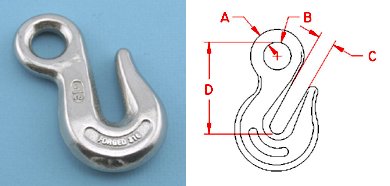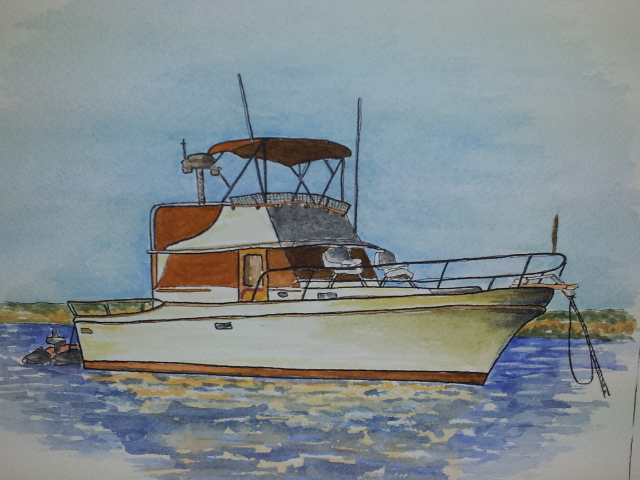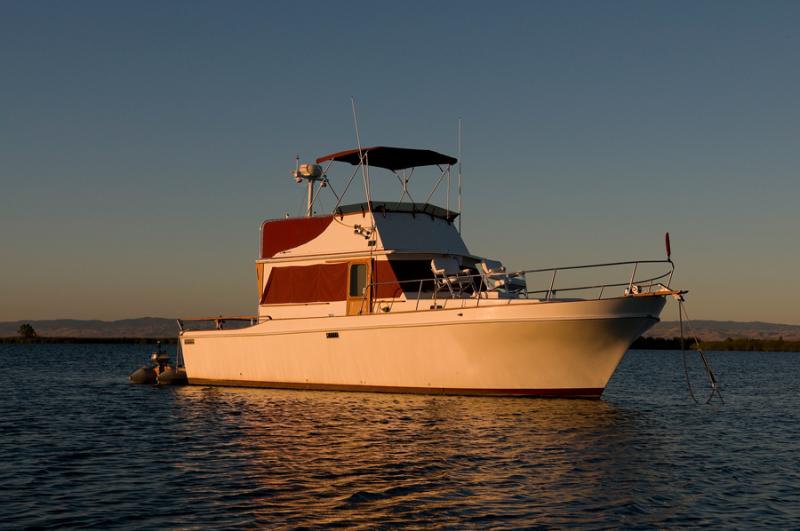N4712
Guru
- Joined
- Apr 22, 2013
- Messages
- 3,607
- Location
- U.S.A
- Vessel Name
- Oliver
- Vessel Make
- Nordhavn 47 Hull# 12
Was talking with a good friend today about my current snubber setup which is adequate at best. Anyways I plan on having one made, but was wondering for my 90,000lb+ boat what diameter should I use? My friend said 3/4 should be fine but it's always nice to hear second opinions. Going to be made out of 3 strand polyester or nylon.
Last edited:




